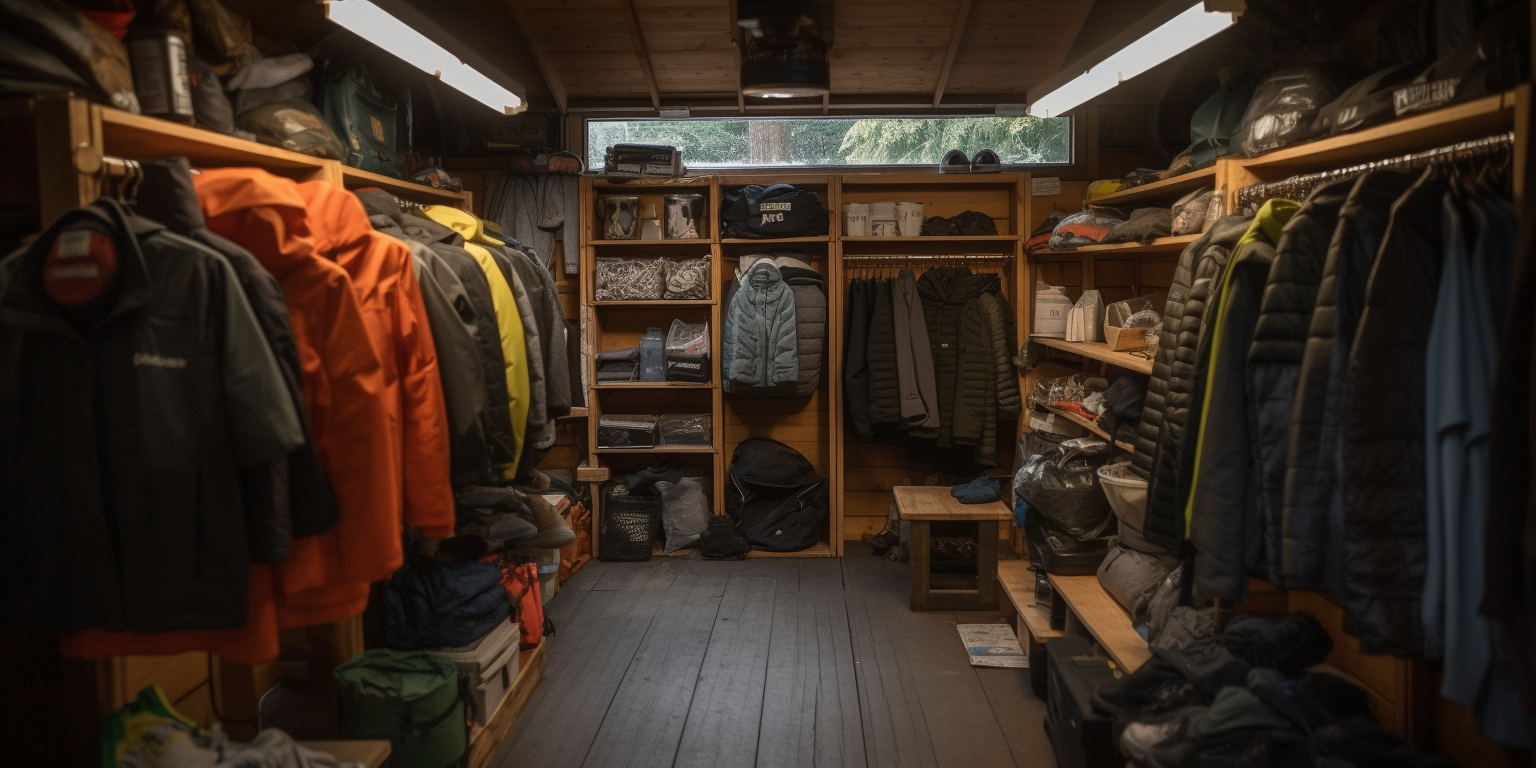
Investing in Solar Energy for off-grid Living: Pros and Cons of Solar Power
Investing in Solar Energy for off-grid Living: Pros and Cons of Solar Power
If you are considering investing in solar energy for off-grid living, you might be wondering what your options are. Off-grid living can mean different things to different people. However, the concept of having a home that does not rely on utilities—such as electricity and running water—is the same. This type of living is ideal for people who want independence from utilities but do not want to sacrifice modern convenience or design.
Having a property that is set-up to utilise solar power might not just be about being completely off-grid, instead part of an over all plan to maximise your self-sufficiency, lower your environmental footprint, or ensure you are able to generate electricity in the event of a power-cut, energy crisis or disaster.
From another perspective, you might be concerned that energy prices are going to continue to rise, in which case generating household electricity through your own solar panels may be an effective way to reduce your exposure to these increases and maintain lower utility bills.
This article highlights the pros and cons of investing in solar energy for off-grid living so that you have all the information before taking the plunge on your own project!
What is Solar Power?
Solar power is the use of the rays of the sun—both the energy inherent in the light and the heat of the sun, as well as its potential energy—as a source of energy. This energy can be used to generate electricity and/or heat water.
Solar electricity panels consist of many individual cells that are made from layers of semi-conducting material such as silicon. When light shines on the material, electricity is generated - the stronger the sunshine, the more electricity. House hold systems typically use systems comprising multiple panels - the more panels you have, the more electricity you can potentially generate.
While solar power is not a reliable source of energy - being affected by the weather and seasons, it is worth noting that there are continual developments in this field that improve the performance and efficiency of solar power systems.
Installing a Roof Mounted System
Most solar panel systems are installed on the roof of your home - this is a practical location that maximises the amount of energy generated whilst not taking up any valuable garden space.
Space is a crucial consideration. The average solar panel system is approximately 4.0kWp and this usually utilises up to 25 sqm of roof space. In order to maximise the effectiveness of the system, the part of the roof you will want to use is south-facing as this will result in more direct sunlight. Whilst east and west facing roofs can be used (but with lower electricity output), it is advised to avoid north-facing. Just as important is to ensure that the roof area is not in the shade - if neighbouring trees, buildings or other structures cast shadows over the panels, then this will reduce their effectiveness too.
Ground-Based Systems
If you want to invest in solar power, you can always buy a ground-based system. These are typically around 30% more expensive than roof-based systems. These systems generate electricity from panels that are placed in the ground and are a good option if you live in a property that isn't suitable for a roof mounted system - for example if it is mostly in the shadow of another building, or if it is thatched.

Generally speaking the same benefits exist as a roof mounted system, but you will need a larger garden or outdoor space close to your home or electrical supply in order to utilise. You could even utilise neighbouring fields - if you own them, or if you can rent them off a local farmer at a competitive price.
If the system also includes solar-tracking functionality then this can improve the effectiveness of the system, as the angle of the panels will gradually change during the day in order to ensure optimal performance.
One of the reasons that ground based systems are more expensive relates to the installation costs. The solar array will need to be connected to your electrical supply, and this will require trench excavation for the electrical cable.
Trench excavations are usually approximately 500mm, and depending on an individual location, might require considerable work in order to avoid and accommodate root systems, pipe work and other foundations.
Energy Storage
Combining solar power generation with a home battery system, such as the Tesla Powerwall will bring additional benefits. This will ensure that the electricity generated is available when the sun is no longer shining, at night or during a power-cut.
Planning Permission & Approvals
In the UK the installation of solar panels on your roof usually doesn't require planning permission as they are considered 'permitted developments'. However, if you live in a conservation area, a listed building or certain other areas then restrictions may exist, so it is always best to check with your local planning office before making any investment.
For ground-mounted systems, planning permission will be required if any of the following apply:
- The panel array is larger than 9 sqm
- It is less than 5m from any property boundary
- It is taller than 4m
- If it is in a conservation are and it is visible from a highway
- There are other solar panel systems already on the property
As with roof top systems, there may be other local restrictions, so it is always best to check with your local planning office before making any financial commitment.
It is also important to register your solar energy system with your electricity provider, although this is normally carried out by the installer as part of initial set-up.
Installation & Maintenance
Solar panels are most efficient when they are clear and clear of any debris. If your house is surrounded by tall trees then you may find that leaves build up over time, so you'll want to ensure that you ensure that they are kept clean and clear.
The average cost to have your solar panels cleaned with an annual service is currently around £10 per panel, but can vary considerably, so you'll want to shop around.
Financials
Before you start researching the best specific system to go with, you'll want to be clear on your requirements and your budget. When crunching the numbers, ensure you have checked to see whether you can take advantage of the government funded Feed In Tariff (FIT) subsidy. This scheme is designed to encourage home owners to invest in solar panels by paying you for electricity generated by your new panels and providing additional financial return for power that you return to the electrical grid.
Note that currently if you are investing in a photovoltaic solar array with a net capacity of less than 50kW you will be eligible to apply for the scheme.
Solar panel systems are expensive, but correctly installed and maintained, they will deliver a return whilst simultaneously improving your household self-sufficiency. For example, an average-sized home with a 4kW solar panel system will spend approximately £7,500 on the system. You can expect to save roughly £300 on electricity bills on an annual basis, and by also taking advantage of key subsidies, you would reach the break-even point within 20 years.
Whilst your primary objective might not be to generate a financial return, instead to protect your household energy supply, it certainly does help you justify the investment.
Suggested Articles
Embracing the Great Outdoors: How to Plan a Zero-Waste Camping Trip in the UK
As climate change and waste disposal continue to be pressing issues worldwide, many people are adopting sustainable ...
The Science of Staying Warm: Choosing the Right Clothing and Gear for Cold-Weather Expeditions
Cold-weather expeditions can be exhilarating and rewarding, but they also require careful planning and the right clot...
The Ultimate UK Expedition Checklist: Essential Gear for Every British Adventure
The UK, with its diverse landscapes and ever-changing weather conditions, offers a wide array of outdoor adventures. ...




